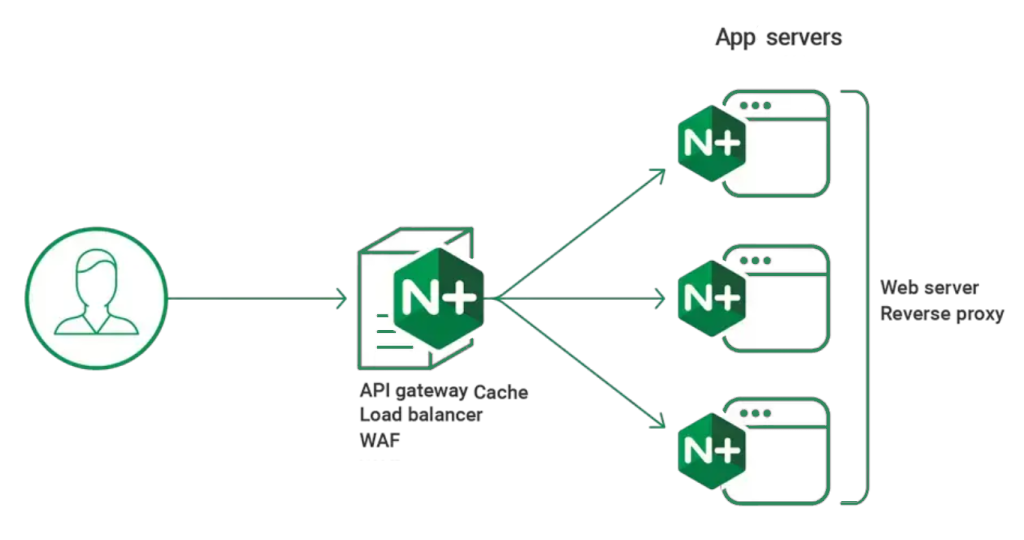How to Avoid Checking for Nulls in Java
Null checks are a common source of boilerplate code and potential bugs in Java applications. While checking for null is sometimes necessary, excessive use of null checks can make your code harder to read and maintain. Fortunately, there are several strategies and tools in Java to help you avoid or minimize null checks, leading to cleaner and more robust code. In this article, we’ll explore practical techniques to avoid null checks, including the use of Optional, design patterns, and modern libraries.
Why Avoid Null Checks?
Null checks are often used to prevent NullPointerExceptions (NPEs), but they can clutter your code and make it less readable. For example:
if (user != null) {
if (user.getAddress() != null) {
if (user.getAddress().getCity() != null) {
System.out.println(user.getAddress().getCity());
}
}
}
This “pyramid of doom” is not only ugly but also error-prone. Let’s explore better alternatives.
Techniques to Avoid Null Checks in Java
1. Use Optional (Java 8 and Above)
The Optional class is a container object that may or may not contain a non-null value. It encourages you to handle the absence of a value explicitly, reducing the need for null checks.
Example:
Optional<String> optionalName = Optional.ofNullable(getName());
String name = optionalName.orElse("Default Name");
System.out.println(name);
Benefits:
- Makes it clear that a value might be absent.
- Provides methods like
orElse(),orElseGet(), andorElseThrow()to handle null cases.
Resources:
2. Use the Null Object Pattern
The Null Object Pattern replaces null with a default object that does nothing or provides default behavior. This eliminates the need for null checks.
Example:
public interface Greeting {
void greet();
}
public class DefaultGreeting implements Greeting {
@Override
public void greet() {
System.out.println("Hello, Guest!");
}
}
public class UserGreeting implements Greeting {
@Override
public void greet() {
System.out.println("Hello, User!");
}
}
Greeting greeting = getUserGreeting(); // Returns null if no user is found
greeting = (greeting != null) ? greeting : new DefaultGreeting();
greeting.greet();
Benefits:
- Eliminates null checks by providing a default implementation.
- Improves code readability and maintainability.
Resources:
3. Use Annotations (@NonNull and @Nullable)
Libraries like Lombok and JetBrains Annotations provide annotations to explicitly mark whether a variable, parameter, or return value can be null.
Example:
import org.springframework.lang.NonNull;
public void printName(@NonNull String name) {
System.out.println(name.length());
}
Benefits:
- Makes your code more expressive and self-documenting.
- Tools like IDEs and static analyzers can detect potential null issues at compile time.
Resources:
4. Use Libraries Like Apache Commons or Guava
Libraries like Apache Commons Lang and Google Guava provide utility methods to handle null values safely.
Example with Apache Commons:
import org.apache.commons.lang3.StringUtils;
String name = null;
System.out.println(StringUtils.defaultIfEmpty(name, "Default Name"));
Example with Guava:
import com.google.common.base.Strings;
String name = null;
System.out.println(Strings.nullToEmpty(name));
Benefits:
- Simplifies null handling with utility methods.
- Reduces boilerplate code.
Resources:
5. Use Design-by-Contract Principles
Design-by-Contract involves defining clear preconditions, postconditions, and invariants for your methods. By ensuring that methods never return null or accept null parameters, you can avoid null checks altogether.
Example:
public String getName() {
if (name == null) {
throw new IllegalStateException("Name must not be null");
}
return name;
}
Benefits:
- Ensures that your code adheres to strict contracts.
- Reduces the likelihood of null-related bugs.
Resources:
6. Use Modern Java Features (Records and Sealed Classes)
Java 14 introduced records, and Java 17 introduced sealed classes, which can help reduce null-related issues by making your data models more robust and predictable.
Example with Records:
public record User(String name, String email) {
public User {
Objects.requireNonNull(name, "Name must not be null");
Objects.requireNonNull(email, "Email must not be null");
}
}
Benefits:
- Records enforce immutability and non-null fields.
- Sealed classes restrict inheritance, reducing unexpected behavior.
Resources:
Best Practices to Minimize Null Checks
- Avoid Returning Null: Return empty collections or default objects instead of
null. - Validate Input Early: Use
Objects.requireNonNull()to validate parameters at the start of methods. - Use Static Analysis Tools: Tools like SpotBugs or SonarQube can detect potential null issues in your code.
- Adopt Functional Programming: Use functional programming constructs like
map,flatMap, andfilterto handle nulls gracefully.
Resources for Further Reading
- Oracle Java Documentation: Optional Class
- Baeldung: Avoiding Null Checks in Java
- Google Guava: Using and Avoiding Null
- Apache Commons Lang: StringUtils Documentation
- Effective Java by Joshua Bloch: Best practices for handling nulls and writing robust code.
Conclusion
Null checks are a common but often unnecessary part of Java programming. By leveraging tools like Optional, design patterns like the Null Object Pattern, and libraries like Apache Commons or Guava, you can write cleaner, more maintainable code. Additionally, adopting modern Java features and best practices can help you minimize null-related issues and improve the overall quality of your applications.
Latest blog posts
Explore the world of programming and cybersecurity through our curated collection of blog posts. From cutting-edge coding trends to the latest cyber threats and defense strategies, we've got you covered.


